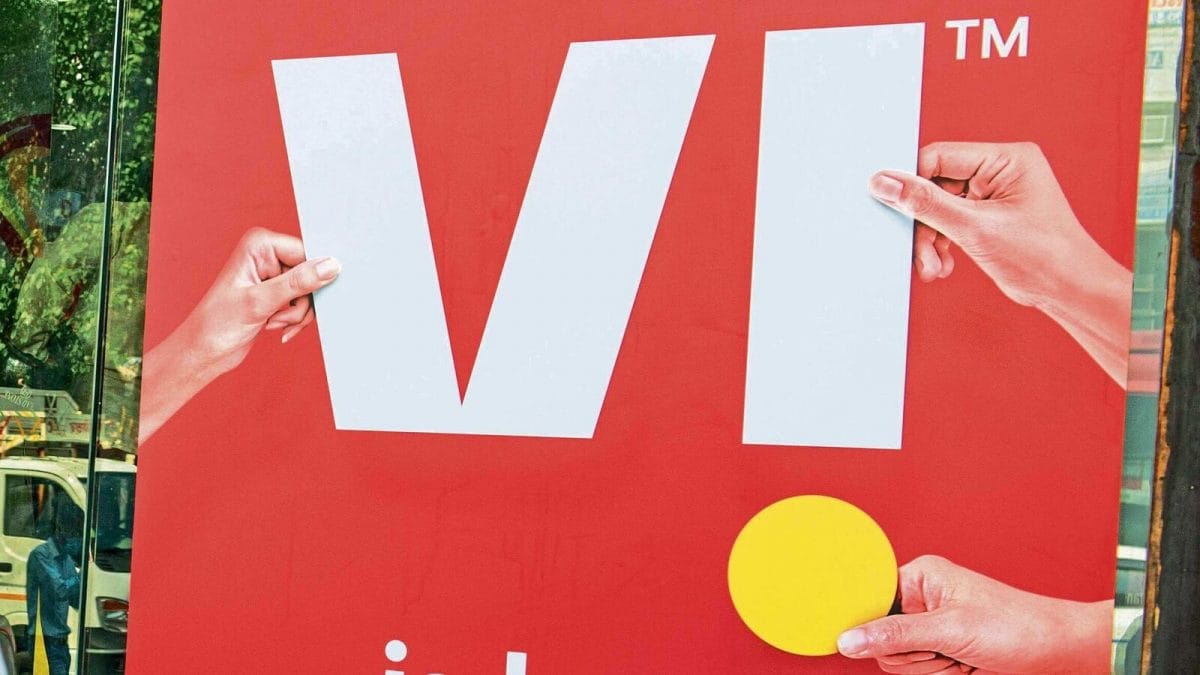Last Updated:
In standard car insurance, claims account for the depreciation of parts over time. Zero depreciation cover, however, pays the full price of parts regardless of their age

Zero depreciation cover is an optional add-on that fully compensates for car damage. (Representative/Shutterstock)
Many car buyers choose zero depreciation or nil depreciation insurance, but not all vehicles are eligible. Understanding the benefits, differences, and add-on options is crucial, as agents often overlook these details. Let us declutter the details, providing complete insights on how these covers work and what they include.
Generally, people believe zero depreciation means they won’t have to pay anything for repairs in the event of an accident or damage. With this type of insurance, all car parts are covered, ensuring that any damage does not impact the customer’s finances. Similar coverage is also available in add-on insurance. The distinction between the two lies in their coverage, with each type of insurance being more suitable for specific kinds of vehicles.
What Is Zero Depreciation Cover?
Zero depreciation cover is an optional add-on that fully compensates for car damage. In this cover, plastic, rubber, and fibre parts of the car are also insured. This means that in case of damage, these delicate parts will be paid for in full. This type of insurance is especially beneficial for new cars or luxury cars, as its premium is higher compared to other cars. There is a higher chance to claim with this type of insurance coverage.
What Is The Difference Between Normal And Zero Depreciation?
Under normal car insurance, insurance companies decide the claim based on the depreciation of the vehicle’s parts as they age. In zero depreciation, regardless of how old the parts are, their payment price remains equal to that of a new part.
Most car companies provide zero depreciation insurance cover only for up to five years. Only a few companies extend it to seven years, while general insurance is available for older cars.
Understand The Difference With An Example:
Suppose in an accident a car’s bumper, side mirror, and headlight get damaged, and a claim is made under normal and zero depreciation insurance cover.
If the price of the bumper is Rs 20,000, under normal insurance 50% of it will be paid due to depreciation, i.e., Rs 10,000, while under zero depreciation the full amount of Rs 20,000 will be paid.
Similarly, if the price of the side mirror is Rs 10,000 and it is depreciated by 40% in general insurance, only Rs 6,000 will be given, whereas under zero depreciation the full amount of Rs 10,000 will be paid.
If the price of a headlight is Rs 10,000 and the depreciation is 40% in general insurance, only Rs 6,000 will be paid, while under zero depreciation the full amount of Rs 10,000 will be given.
From this calculation, one can see that if there is a loss of Rs 40,000 in an accident, only Rs 22,000 will be paid in general insurance, whereas under zero depreciation, the full amount of Rs 40,000 will be given.
Read More








